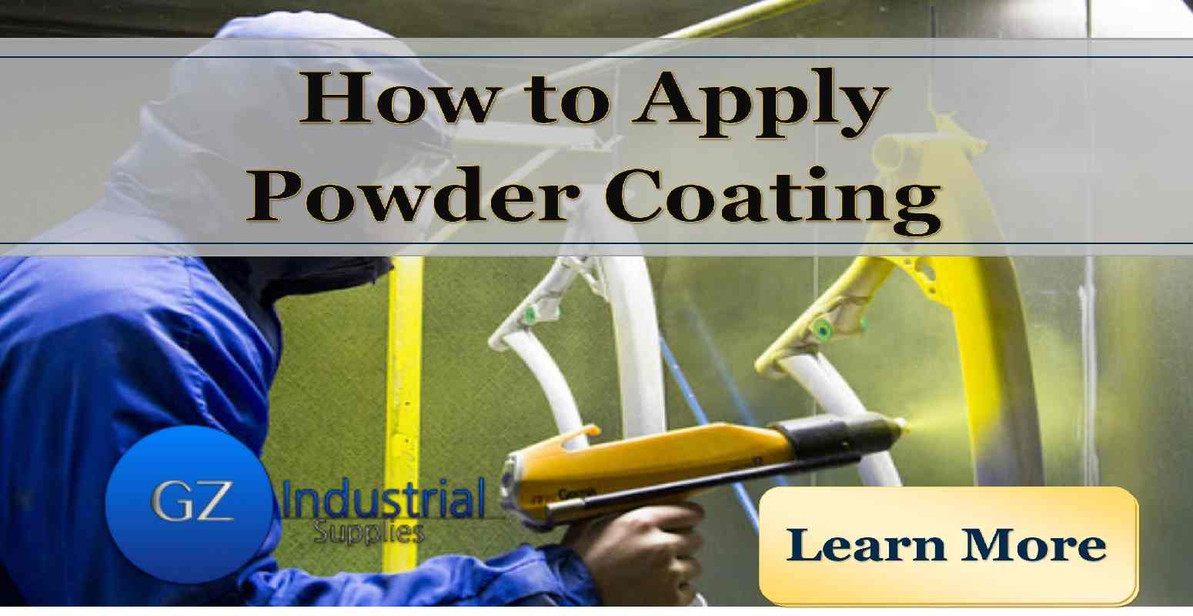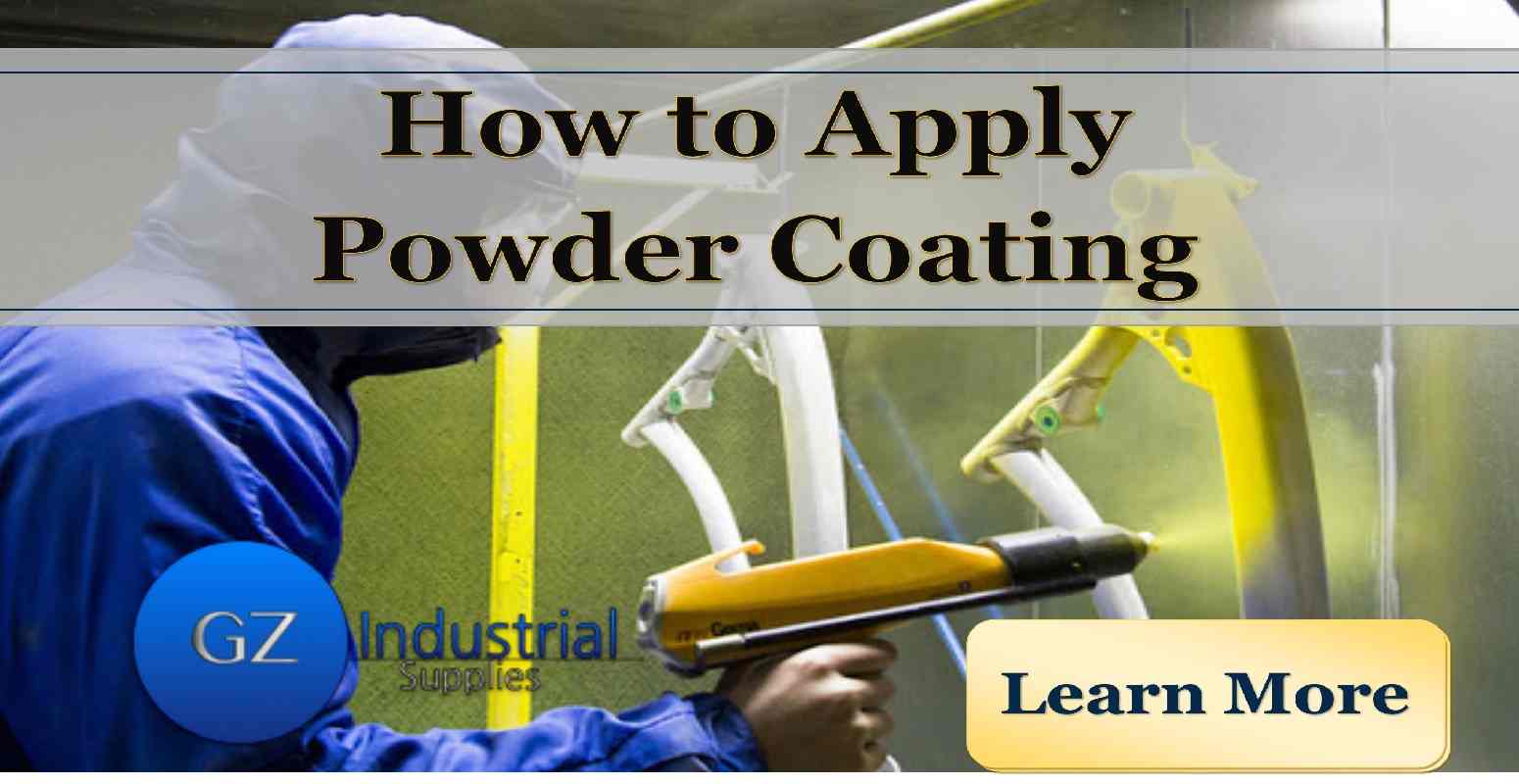How to apply powder coating
How to apply Powder coating
Powder coating has grown in popularity over the last fifty years. It has become one of the most common methods used to finish automotive and other parts. The result is a durable, long-lasting finish with a smooth texture that is resistant to corrosion. This article explores The application of powder coating. First, we will do a review of what powder coating is all about. Most people will always ask what powder coating is?
Powder coating can both protect and optically enhance the surfaces of sheet metal parts.
Powder coating is a type of surface paint applied as a free-flowing, dry powder, unlike conventional liquid paint, whose delivery is via an evaporating solvent. Powder coating is typically applied electrostatically and then cured under heat or with Ultraviolet light.
Preparation of Powder coating before application
The surface of the part must have proper preparation to achieve the best possible. Preparing each section will depend on the base material, metals, and other materials like fiberglass. In general, the part must be clean and remove any oil or grease on the surface and rinsed. Next, the region is etched. Etching helps remove any surface oxides and provides more surface area for the powder coating to stick on. After etching, another rinsing takes place.
The part is dipped in a chemical solution to neutralize the surface. Things will vary as each chemical solution formula design is to work with a specific base material. On aluminum, it is either a chromate or phosphate solution. Other options include zinc and iron phosphates. These chemicals adhere to the surface of the part and provide the film needed for the powder to stick. Last, the region is demineralized to remove any chemical salts on the surface and prevent any corrosion from happening beneath the powder coating.
Powder Coating Ingredients
After preparation of the part to receive a coating, it is time to prepare for the coat application. Manufacturers of powder coating systems use a unique blend of polymer resin. They also use necessary curatives, pigments, and additives to create each color and finish according to your desires. All of the ingredients are melted together and blended to form a uniform mixture, which then cools into bricks. Once the bricks are completely cooled and dried, they grind them down to create the fine powder that you receive. It is important to note that the determination of the color and finish of the powder is at the manufacturing facility based on your order. It cannot be changed once the finished powder is shipped as it will produce an uneven result.
How to apply Powder Coating
The process used to apply the powder is different from other coating systems, thanks to its use of electromagnetic properties. The powder coating application requires some specialized tools, and the powder is placed inside a paint gun that charges the particles using either friction or an electrical source. Next, the part that will take the coat is grounded to provide an opposite charge. The opposite of the particles and the piece for coating will attract the particles when spraying takes place. The thickness of the application will vary depending on whether the coating is external or internal. Or the type of environment that the part is in use. The powder will continue to stick to the part's surface as long as it is grounded, which allows for multiple passes to cover the piece.
Curing of powder coating after application
After a part receives the coat thoroughly, they place it in an oven, which heats the coating to a minimum of 160 degrees Celsius. Once the powder reaches this temperature, it melts and flows together, forming long chemical chains that give the coat its rigidity and durability. As it cools, the finish's surface takes on a gel-like consistency until it reaches room temperature and cures completely. Most powder coating finishes will not melt again once they have cured, meaning that they can be used in a wide range of applications and environments without cause for concern.
Powder coating is a reasonably new finishing process, and it requires specialized tools to achieve the electromagnetic charge. However, it does offer a wide range of color and finish options ranging from glossy to matte. It also provides a more durable finish that is corrosion and scratch-resistant, so your coating will last for years. It can be easily cleaned with warm soapy water and restored to its original shine within minutes. Powder coating is a viable way to finish and protect parts made from nearly any material. It is suitable even in harsh environments where it may come in contact with chemicals or solvents. Your coating professional can adjust the thickness of the coat layer to stand up to industrial applications.
How is Powder Coating Applied?
Most powder coating is applied electrostatically. Generally, we take the following steps when using powder coats to the metal via electrostatic spray:
- The surface to be painted is prepared via sand-blasting or some other cleaning/etching process to remove contamination that may inhibit adhesion.
- The powder is sprayed through an electrostatic or cornea gun onto a metal surface that is grounded. The electrical charge given to the powder by the gun is attracted to the metal's grounded surface.
- The coating cures at a specified temperature; cure temperatures vary depending on the coating being applied.
- Further coats are added if required.
Other methods of applying powder coatings include "hot flocking" (electrostatic spray on to preheated surfaces) and fluidized bed dipping.
How Expensive is Powder Coating?
Customers want to know how powder coating is applied to metal; they also want to know how much the process will cost. The exact cost depends on variables relating to the specific job: how many components need spraying, what area needs spraying, what type of coating is required, and how many coats are required. Generally, powder coating is more cost-effective than painting, as less product is needed, and the durability is much better with the use of powder coating. We provide a fast, FREE estimate on all our work.
How Expensive is Powder Coating?
There is a cost associated with powder coating, but the process offers typically better value than the use of paint. Because powder coating is economical to apply and also provides a higher level of durability than paint, it is usually a more cost-effective option and offers better value.
Where to Get Powder Coating Done
For best results, powder coating requires special, advanced equipment and a skilled, knowledgeable team. A specialized powder coating facility is typically the most appropriate place to get the work completed to the required standard.
We understand all the powder coating standards. If you need an applicator for powder coating, then contact us
Recent Posts
-
How to Choose the Right Industrial Cleaning Service Provider
Key takeawayThoroughly Assess Your Needs and Providers: Understand your specific industrial cle …Jul 26, 2024 -
Floor Paint Maintenance: How to Keep Your Floors Looking Their Best
Maintaining your painted floors is essential for preserving their beauty and extending their lifespa …Jul 25, 2024 -
The Best Floor Paint for Different Types of Flooring
When it comes to revitalizing your home's flooring, choosing the right paint can make all the d …Jul 19, 2024



